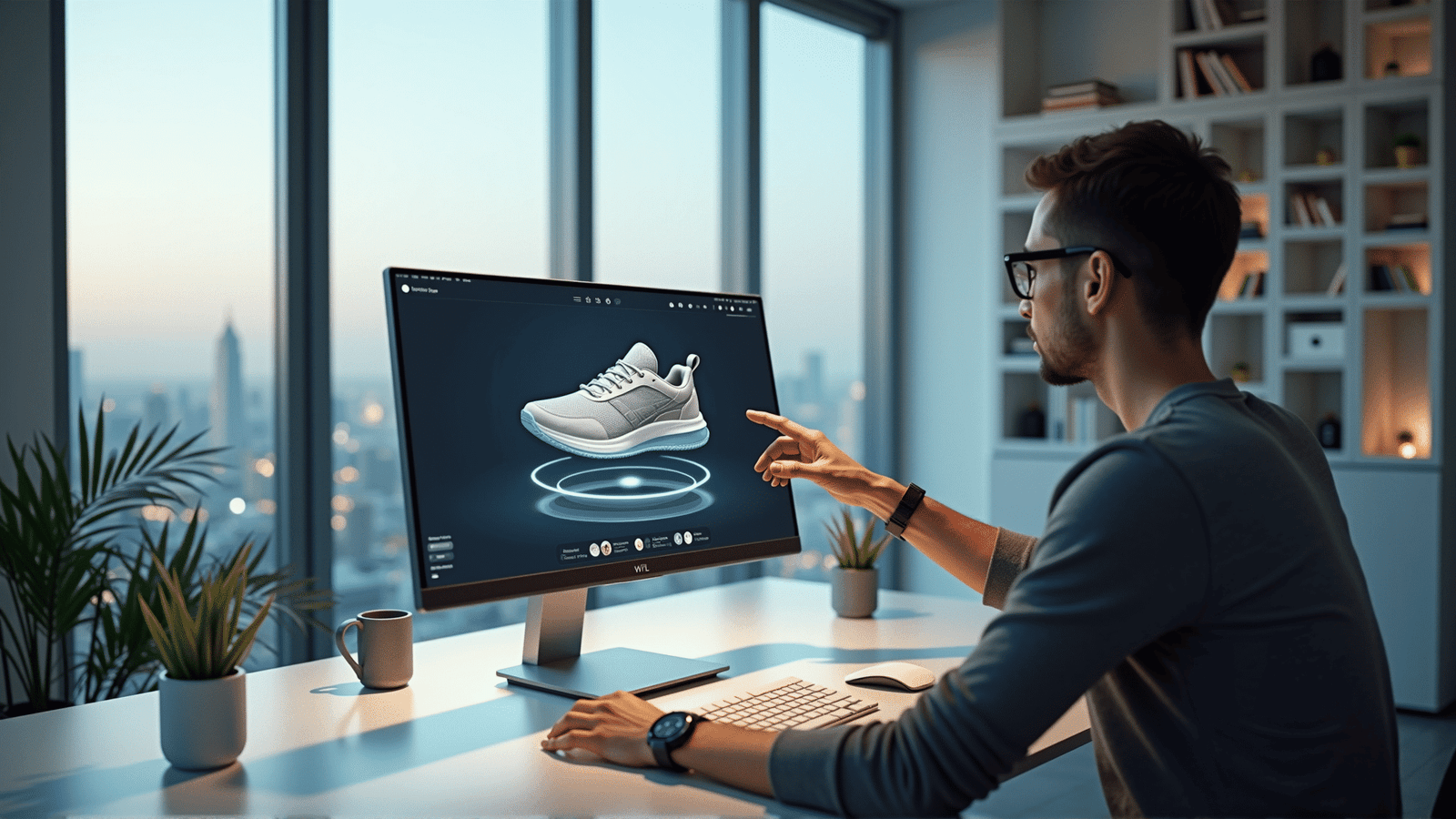Augmented Reality (AR) has swiftly transitioned from a futuristic concept to a tangible reality that enhances various digital experiences. As the boundaries of technology continue to expand, AR is proving to be a revolutionary tool in web design, offering an avenue for creating more immersive and interactive user experiences. Its integration into web design not only enriches content but also redefines user engagement by blurring the lines between the digital and physical worlds.
Understanding Augmented Reality in Web Design
At its core, AR overlays digital information—like graphics, sounds, or other sensory enhancements—onto the real world, viewed through devices like smartphones, tablets, or AR glasses. When applied to web design, AR transforms a static webpage into an interactive playground where users can interact with digital objects in their own environment. This shift from two-dimensional interfaces to three-dimensional experiences means that users can interact with digital content in a more personal and engaging way.
Enhancing User Experience
-
Interactive Product Displays: AR allows consumers to visualize products in their real-world environment before making a purchase. For instance, an online furniture store can utilize AR to let customers see how a sofa might look in their living room. This leads to more informed purchasing decisions, reduces return rates, and increases customer satisfaction.
-
Virtual Try-Ons: In the fashion and beauty industries, AR solutions enable customers to try on clothes, makeup, or accessories virtually. This not only personalizes the shopping experience but also makes it fun, leading to increased user interaction and potentially higher conversion rates.
-
Experiential Learning: AR holds significant potential for educational websites by offering experiential learning through interactive models and simulations. Students can engage with complex topics—like anatomy through virtual dissections—making learning both effective and enjoyable.
-
Immersive Storytelling: Websites that focus on storytelling, whether news or entertainment, can create more compelling narratives by using AR to immerse users in a story. By adding layers of digital content to real-world backgrounds, stories can be experienced rather than just read or watched.
Technical Considerations
Integrating AR into web design comes with its set of challenges, particularly in terms of technical implementation. Here are key considerations:
-
Compatibility: Developers need to ensure that AR experiences are accessible across different devices and browsers. Technologies like WebAR take center stage here, allowing AR experiences to run directly in web browsers without the need for app downloads.
-
Performance Optimization: To maintain seamless interaction, AR web applications must be optimized to handle high-quality graphics and rapid data processing efficiently. This involves balancing aesthetics with performance to avoid lag and ensure smooth operation.
-
User Interface Design: Designing an intuitive user interface for AR is essential. Clear instructions and user-friendly controls help users feel comfortable navigating AR environments, enhancing the overall experience.
Overcoming Challenges
While the benefits of incorporating AR into web design are manifold, challenges such as privacy concerns, technological limitations, and content development must be addressed. Ensuring user privacy in tracking and data collection is crucial, as is continually innovating with the evolving AR technologies to remain competitive. Moreover, content for AR experiences must be created specifically for this medium, which requires new skills and creative approaches from designers and developers.
The Future of AR in Web Design
As AR technology continues to advance, its applications in web design will only become more diverse and impactful. The potential to create more complex, personalized, and interactive user experiences could lead to a fundamental shift in how users perceive and interact with websites. Businesses and designers who embrace AR early stand to gain a significant competitive edge in the increasingly digital marketplace.
In conclusion, integrating AR in web design represents a powerful paradigm shift, offering a richer, more engaging user experience. By marrying the virtual and physical worlds, businesses can create dynamic, memorable interactions that push the boundaries of traditional web interfaces. With ongoing technological advancements, AR is poised to become an integral part of the web design toolkit, charting a course for the next generation of innovative, user-centric digital experiences.
